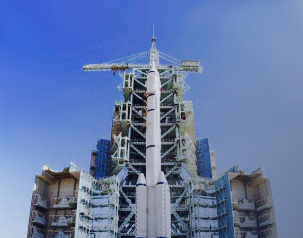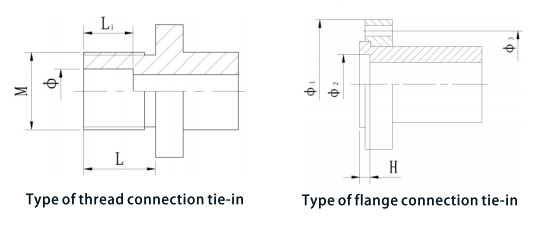The accurate choice of pre-charge pressure is fundamental in obtaining the optimum efficiency and maximum life from the accumulator and its components, the maximum storage or release of liquid is obtained the oretically when the gas pre-chargepressure is as close as possible to the mininmum working pressure.
For practical purposes to give a safety margin. and to avoid valve shut off during operation, the valve, unless otherwise stated, is=0.9.
Special valve are used for:
(1)Hydraulic line shock damper.=0.9.
(2)Pulsction damper.=0.6.
(3)Fluid power storage.0.25≤≤0.9.
(4)Volume compensator or pressure compensatorP0≤P1.

 ACCUMULATOR GAS STORED CYLINDER SEAMLESS STEEL HIGH PRESSURE GAS CYLINDER HIGH PRESSURE CYLINDER AND VESSELS USED FOR SHIPS AND WAR SHIPS WITH CCS APPROVAL PRODUCTS ASSEMBLED FOR THE DEFENCE EQUIPMENTS STANDARD BOTTLE PNEUMATIC INTEGRATED DEVICE AND INTEGRATED CONTROL VALVE GROUP EXPORTING PRODUCTS ACCESSORIES, PIPELINE AND VALVES TECHNOLOGY OF SURFACE TREATMENT
ACCUMULATOR GAS STORED CYLINDER SEAMLESS STEEL HIGH PRESSURE GAS CYLINDER HIGH PRESSURE CYLINDER AND VESSELS USED FOR SHIPS AND WAR SHIPS WITH CCS APPROVAL PRODUCTS ASSEMBLED FOR THE DEFENCE EQUIPMENTS STANDARD BOTTLE PNEUMATIC INTEGRATED DEVICE AND INTEGRATED CONTROL VALVE GROUP EXPORTING PRODUCTS ACCESSORIES, PIPELINE AND VALVES TECHNOLOGY OF SURFACE TREATMENT







